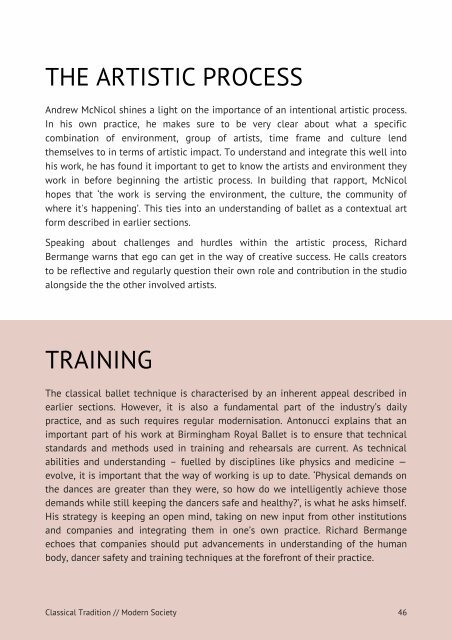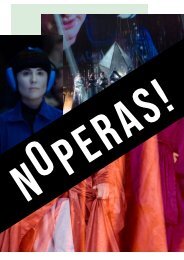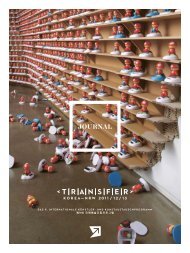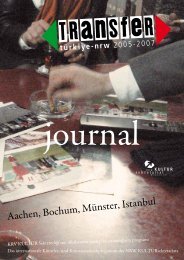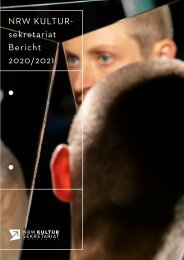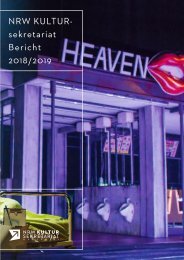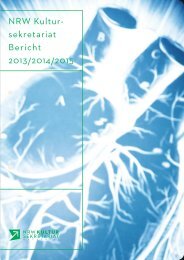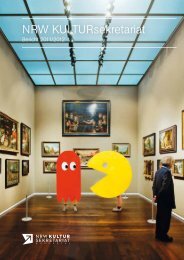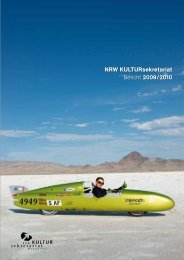Tanzrecherche NRW: Classical Tradition / Modern Society by Mirjam Otten
A handbook for creators and decision-makers on keeping classical ballet relevant
A handbook for creators and decision-makers on keeping classical ballet relevant
Create successful ePaper yourself
Turn your PDF publications into a flip-book with our unique Google optimized e-Paper software.
THE ARTISTIC PROCESS<br />
Andrew McNicol shines a light on the importance of an intentional artistic process.<br />
In his own practice, he makes sure to be very clear about what a specific<br />
combination of environment, group of artists, time frame and culture lend<br />
themselves to in terms of artistic impact. To understand and integrate this well into<br />
his work, he has found it important to get to know the artists and environment they<br />
work in before beginning the artistic process. In building that rapport, McNicol<br />
hopes that ‘the work is serving the environment, the culture, the community of<br />
where it's happening’. This ties into an understanding of ballet as a contextual art<br />
form described in earlier sections.<br />
Speaking about challenges and hurdles within the artistic process, Richard<br />
Bermange warns that ego can get in the way of creative success. He calls creators<br />
to be reflective and regularly question their own role and contribution in the studio<br />
alongside the the other involved artists.<br />
TRAINING<br />
The classical ballet technique is characterised <strong>by</strong> an inherent appeal described in<br />
earlier sections. However, it is also a fundamental part of the industry’s daily<br />
practice, and as such requires regular modernisation. Antonucci explains that an<br />
important part of his work at Birmingham Royal Ballet is to ensure that technical<br />
standards and methods used in training and rehearsals are current. As technical<br />
abilities and understanding – fuelled <strong>by</strong> disciplines like physics and medicine —<br />
evolve, it is important that the way of working is up to date. ‘Physical demands on<br />
the dances are greater than they were, so how do we intelligently achieve those<br />
demands while still keeping the dancers safe and healthy?’, is what he asks himself.<br />
His strategy is keeping an open mind, taking on new input from other institutions<br />
and companies and integrating them in one’s own practice. Richard Bermange<br />
echoes that companies should put advancements in understanding of the human<br />
body, dancer safety and training techniques at the forefront of their practice.<br />
<strong>Classical</strong> <strong>Tradition</strong> // <strong>Modern</strong> <strong>Society</strong> 46


